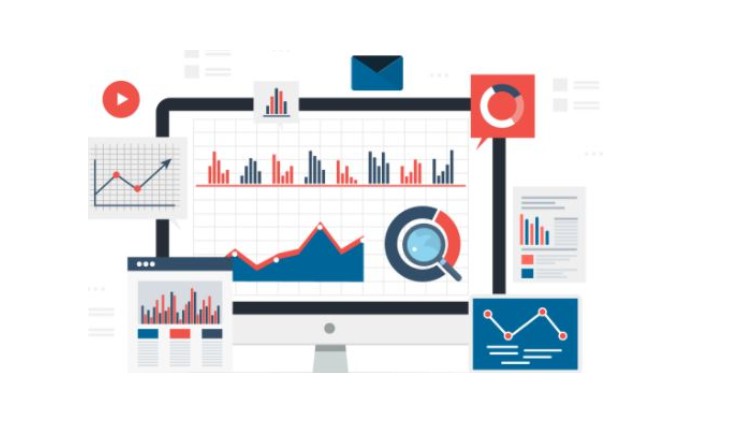
Learn Data Analytics and Business Intelligence Skill using : Python | Power BI | Power Query | Tableau | SQL
What you will learn
Connect to multiple data sources
Clean and transform Data
Model Data
Transform less structured data
Create data relationships
Create queries with Power query
Merge queries with Power query
Create reports
Create visualizations
Create dashboards
Description
Data analysis is a process of inspecting, cleansing, transforming, and modelling data with the goal of discovering useful information, informing conclusions, and supporting decision-making. A data analyst gathers, cleans, and studies data sets to help solve problems. Here’s how you can start on a path to become one.
Data analytics is the process of examining data sets to extract information that may be hidden from the casual user and draw conclusions about the impact of that information. Data analytics can range from the simplest of business intelligence, to online analytical processing, all the way up to very advanced analytics.
A data analyst collects, cleans, and interprets data sets in order to answer a question or solve a problem. They can work in many industries, including business, finance, criminal justice, science, medicine, and government.
Data analysis is the process of gleaning insights from data to help inform better business decisions. The process of analysing data typically moves through five iterative phases:
- Identify the data you want to analyse
- Collect the data
- Clean the data in preparation for analysis
- Analyse the data
- Interpret the results of the analysis
Data analysis can take different forms, depending on the question you’re trying to answer. Briefly, descriptive analysis tells us what happened, diagnostic analysis tells us why it happened, predictive analytics forms projections about the future, and prescriptive analysis creates actionable advice on what actions to take.
Business intelligence (BI) combines business analytics, data mining, data visualisation, data tools and infrastructure, and best practices to help organisations to make more data-driven decisions. In practice, you know you’ve got modern business intelligence when you have a comprehensive view of your organisation’s data and use that data to drive change, eliminate inefficiencies and quickly adapt to market or supply changes. Business intelligence comprises the strategies and technologies used by enterprises for the data analysis and management of business information.
Content